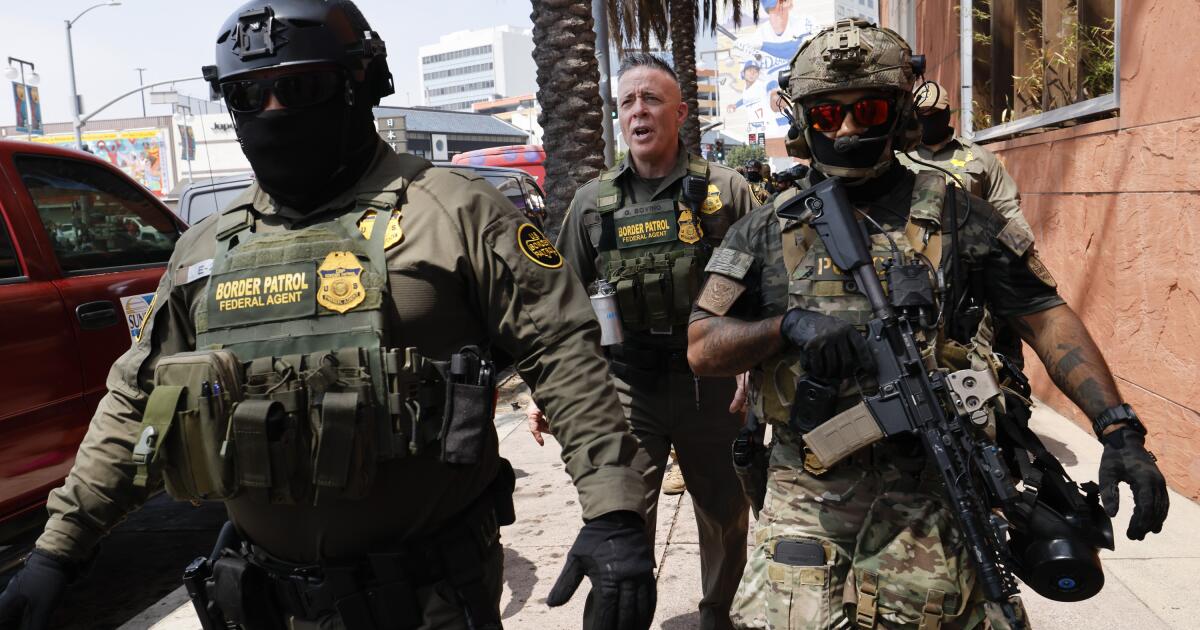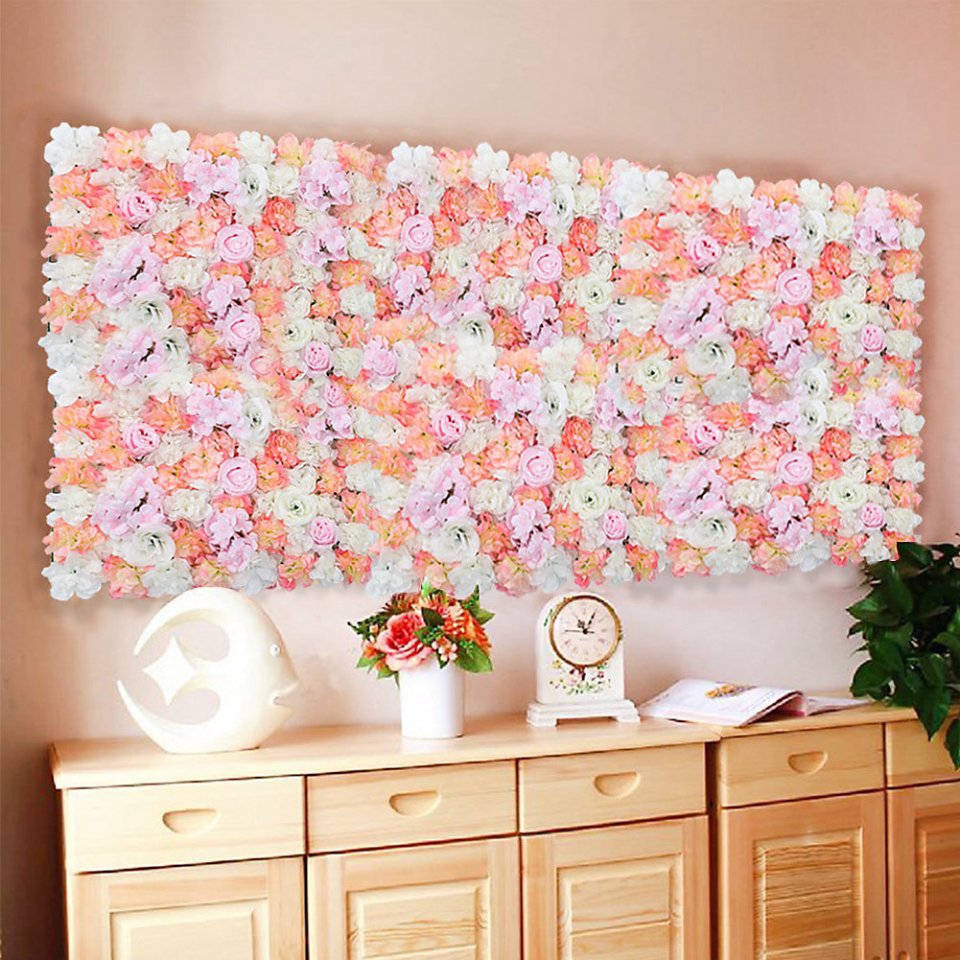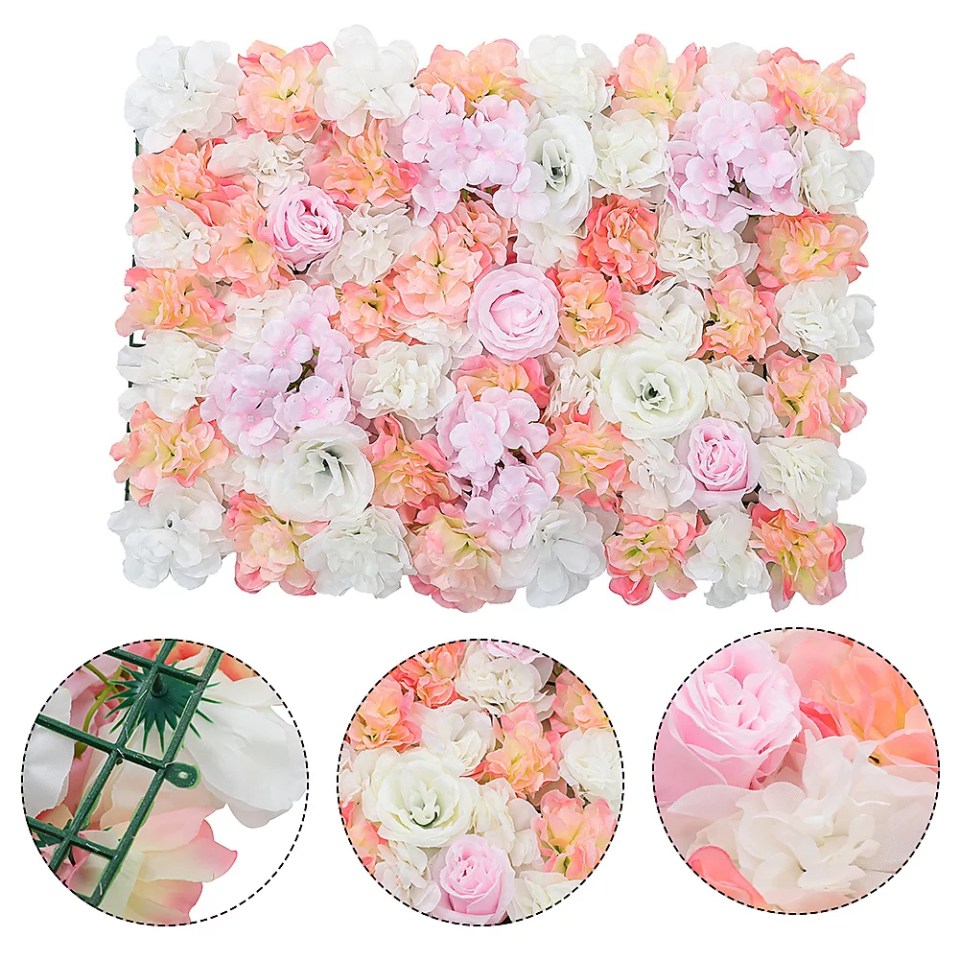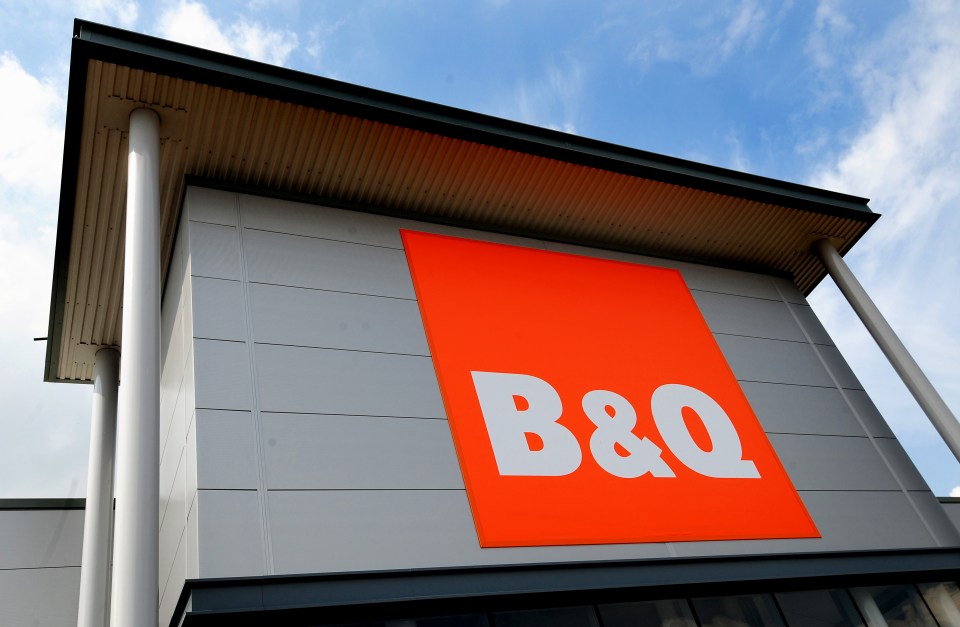‘It’s more than a pretty backdrop’: crime writer Ann Cleeves on the magic of Orkney in Scotland | Travel
Fifty years ago, I headed north for the first time. I’d dropped out of my university literature course – with the arrogance of youth, I thought I could read books anywhere. After a chance meeting in a Putney pub, I got a job as assistant cook in the Bird Observatory in Fair Isle. At that point, I didn’t even know where Fair Isle was. I came from Devon and hadn’t made it farther north than Durham. Scotland was unknown territory.
Of course, Fair Isle is part of the Shetland group and lies halfway between Shetland mainland and Orkney. That summer, I fell in love with the Northern Isles, with the romance of the isolation, the bleak beauty and the stories. Over the summer, I worked in the observatory with Alison, an Orcadian lass, who was there for her college holidays. “When you’ve finished your contract,” she said with the easy hospitality of islanders everywhere, “why don’t you come and stay? It’s kind of on your way home.”
It kind of was, and so I did. Alison lived with her parents in a solid house on the outskirts of Kirkwall. After my nine-month stay on Fair Isle – three miles long and a mile and a half wide, a scattering of crofts, 50 people and a lot of sheep and seabirds – Kirkwall felt like civilisation. There was a beautiful cathedral, a street of shops and bars, schools and a hospital. What struck me most, though, were the views. Much of Orkney mainland is low and green, and there are lochs so big that a stranger might think they were looking at the sea. So, there are long vistas from land to water and then land again. And more water. All under a huge sky.
At that time, Alison was more into partying than history, so I didn’t do a lot of sightseeing. We went to a dance at the Harray community hall, and I drank too much. There was little communication with the locals there. I’d become used to a Shetland voice, but an Orkney accent is quite different, lilting, musical, almost Welsh. I missed much of what was said to me.
Later, I got the plane to London, on my way home. If Kirkwall had seemed big, London with its towering buildings was overwhelming, and I scuttled west on the train to be on the coast again.
Over the years, I’ve come to know Orkney better. My husband and I went to Alison’s wedding in the cathedral. She was magnificent in a grand white dress, and she sailed up the aisle to Chariots of Fire. That evening there was another party, only a little more sedate than the Harray dance. Drink was passed round in the traditional Orkney way, in a wooden bowl, known as the cog, created for the purpose. I’m not sure what was in it, but it was warm, and it packed a punch.
At other times, we stayed with friends who lived in a converted chapel, looking down to the Stones of Stenness. Just as there’s always a view of water in Orkney, there’s always a reminder of its neolithic past, and I would come to explore the islands’ history more deeply when I was researching my latest novel, The Killing Stones.
Over time, we explored some of the smaller islands: Hoy with its dramatic cliffs, the tiny island of Papa Westray, home to the Knap of Howar, the oldest domestic stone dwelling in Northern Europe, and North Ronaldsay, where we stayed in the Bird Observatory’s accommodation, a reminder of the work that first took me north. North Ronaldsay is surrounded by a stone dyke, not to keep animals in, but to keep them out on the shore. The island sheep have adapted to living on seaweed, and perhaps because of that the meat is delicious.
For years though, Shetland was the focus of my trips north. One of my best friends lives there, and I was still writing the Jimmy Perez books, adapted for television as Shetland. In 2018, I decided to finish the series with the novel Wild Fire. I didn’t think I could find anything fresh to say about a community of only 23,000 people. I’d already killed too many of them.
The book ends with Perez and his partner moving south to Orkney. Perhaps I was influenced by a real police inspector, who covered both sets of islands and made the move. Certainly, I had no intention of writing about Perez again.
More recently, I felt a longing to go north again in my fiction, a kind of homesickness for the islands, for the dark winters and the bright, light summers. For the dramatic contrast between long, clear horizons and secrets hidden in small communities. I remembered that first image of Orkney, the stretches of land and water, and I realised it was time to go back. After all, to explore Perez’s new life, I’d have to stay there. It’s small details that bring a book to life, and Google research can’t help with that.
I stayed with my friend Stewart in his rather grand house on Orkney mainland. He became my driver, fixer and human research. I’d met him first when he worked for Orkney libraries. We’d had book-related adventures together – flying into North Ronaldsay in the eight-seater plane to celebrate the anniversary of a scheme that brought book boxes to islanders, and a crazy attempt to set a record by doing 24 events on 24 of the Northern Isles in 24 hours. We met the challenge, but only with the support of library staff in Orkney and Shetland, and the help of other writers.
My research visit took place in December 2023. It was clear, still and very cold. The frost didn’t melt all day. Stewart took me to the island of Westray, where he grew up and his family still farms. We stayed in the Pierowall Hotel, which features in the novel, and explored the site of the abandoned Noltland dig near Grobust Bay. I talked to his parents and to volunteers in the Heritage Centre. The book wouldn’t have been written without their help.
Back on Orkney mainland, we explored Kirkwall and Stromness and drove south across the Churchill Barriers, the causeways built between islands after a German U-boat entered Scapa Flow in 1939 and sank HMS Royal Oak. I was met everywhere with kindness and the most useful information. The pattern of the book was starting to take shape.
I ended my stay with an almost mystical experience. Maeshowe is a neolithic burial chamber. Entry is through a low, narrow tunnel positioned so that at the winter solstice, as the sun sets behind the hills of Hoy, the light floods in. There aren’t many entirely cloudless winter dusks in Orkney, but we were lucky enough to experience the magic. In the chamber, first a trickle of apparently liquid gold ran across the floor, then it grew wider and wider until it flooded the entire space with light. As the sun set, all was dark again.
I believe that setting is more than a pretty backdrop to the action. It informs character and moves the action of the plot. The Killing Stones couldn’t have been set anywhere other than Orkney, and I couldn’t have written it without spending time there with Orcadians.
The Killing Stones by Ann Cleeves is published by Pan Macmillan at £22. To support the Guardian, order your copy at guardianbookshop.com. Delivery charges may apply






